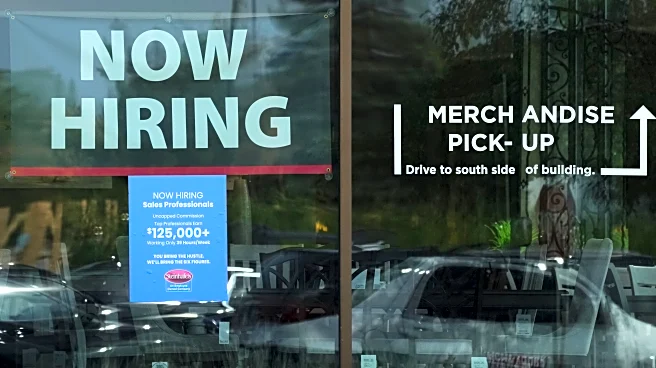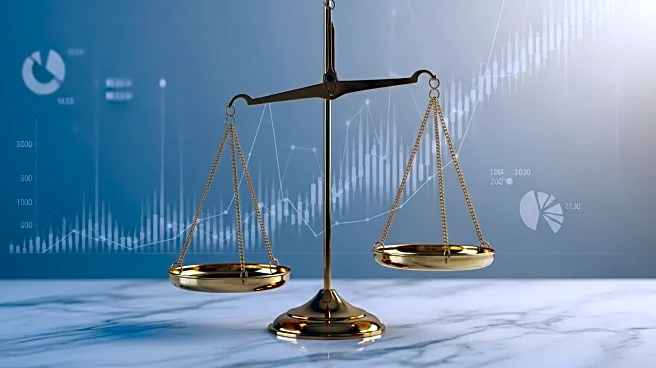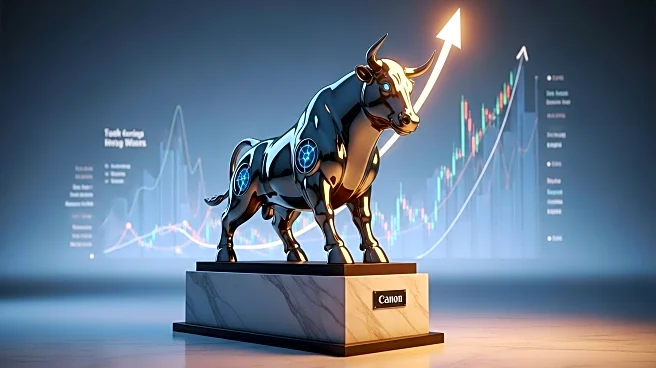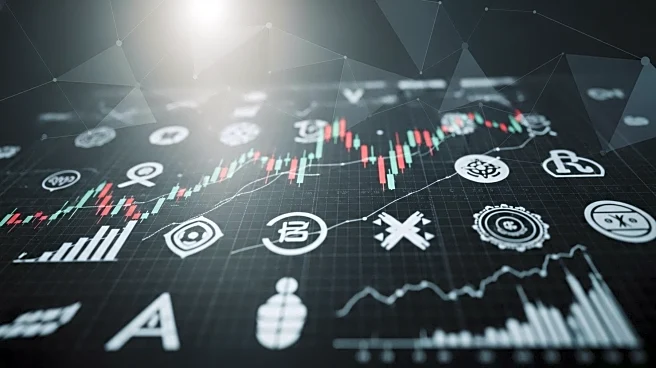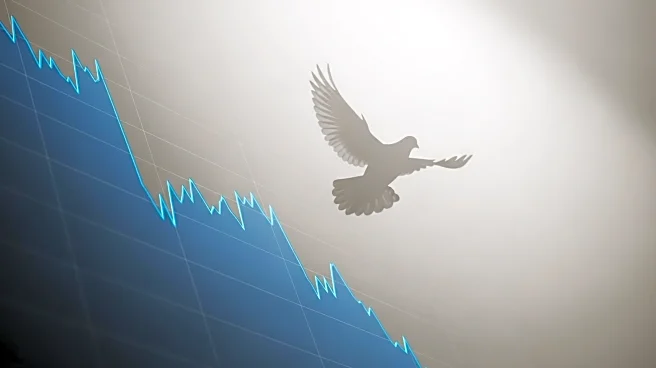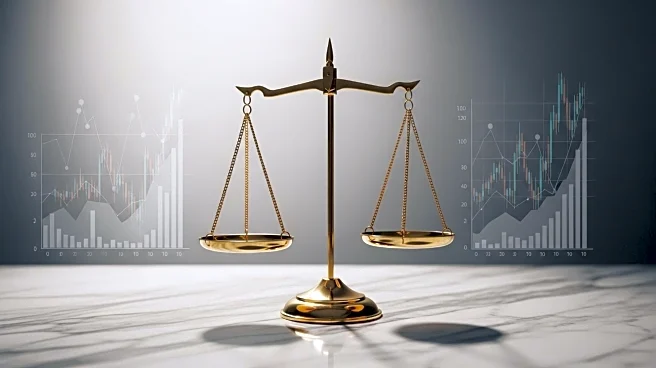Rapid Read • 7 min read
The U.S. economy experienced a faster growth rate in the second quarter of 2025 than initially estimated, according to new data from the Commerce Department. The gross domestic product (GDP) grew at a 3.3% annual pace, up from the previously estimated 3%. This growth follows a contraction of 0.5% in the first quarter, marking the first economic retreat in three years. The revision was attributed to increased business investment in structures, equipment, and intellectual property, alongside consumer spending. A significant factor in the second-quarter growth was a sharp decline in imports, which had surged in the first quarter as businesses rushed to acquire foreign goods before new tariffs took effect. The drop in imports contributed over five percentage points to the April-June growth.
AD
The revised GDP figures highlight the complex dynamics of the U.S. economy amid ongoing trade tensions and tariff policies. While the second-quarter growth appears robust, economists caution that it may not reflect underlying economic strength, as it was largely driven by a temporary decline in imports. The data suggests that while investment in artificial intelligence is bolstering certain sectors, overall private-sector demand remains weak. This situation poses challenges for policymakers, particularly the Federal Reserve, which may consider interest rate cuts to stimulate growth. The broader implications include potential impacts on employment and inflation, as businesses adjust to the evolving economic landscape.
Looking ahead, the Federal Reserve is expected to address these economic challenges at its upcoming policy meeting, with potential interest rate cuts on the table to support growth. Additionally, the ongoing investment in AI may continue to play a role in masking weaknesses in other areas of the economy. Stakeholders will be closely monitoring employment trends and inflation rates, as these factors will influence future economic policy decisions.
AD
More Stories You Might Enjoy


